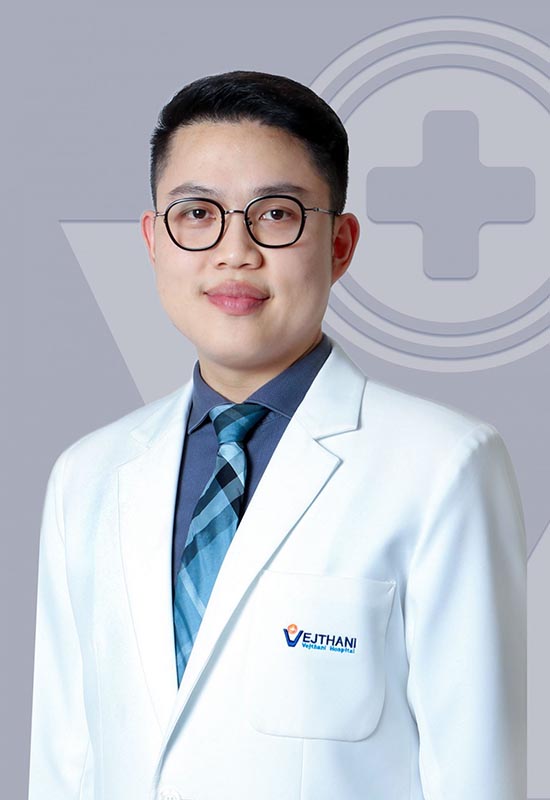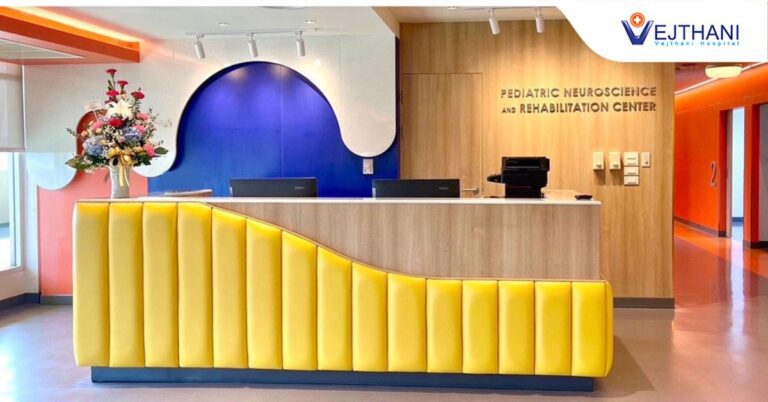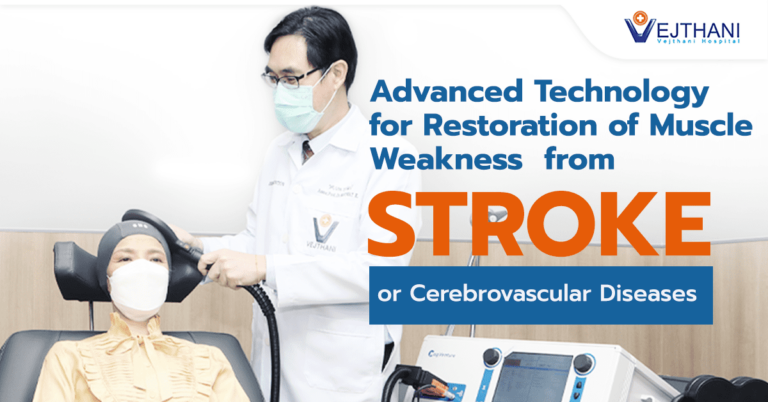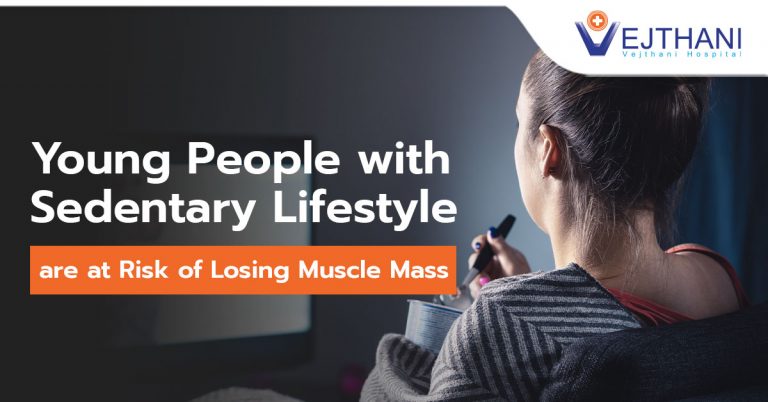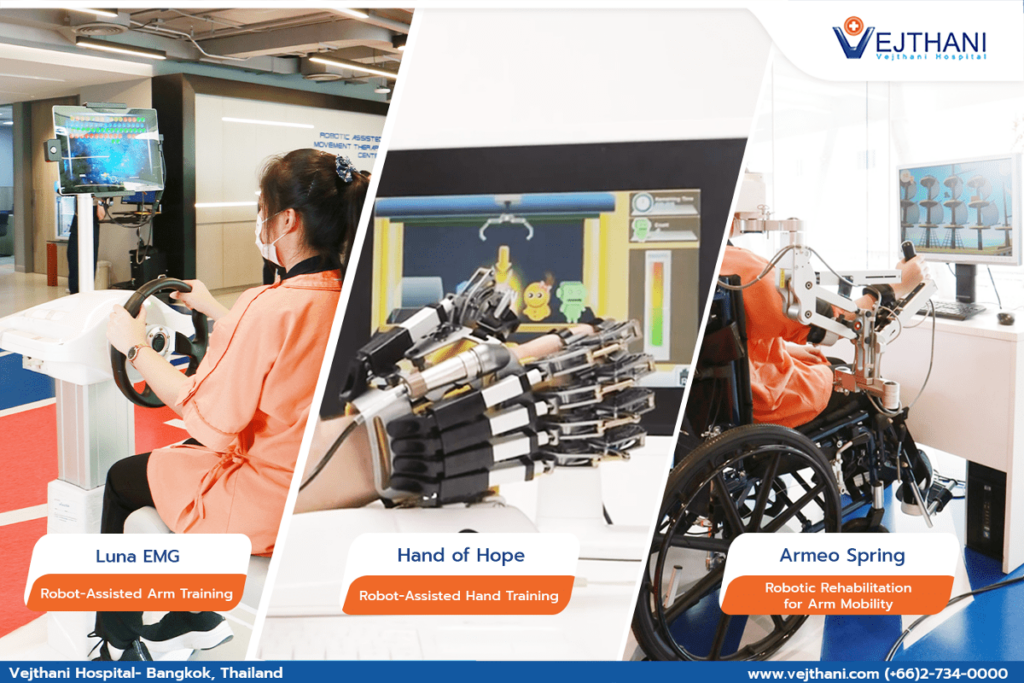

Strokes are caused by rupturing, narrowing, or blocking blood vessels in the brain. This causes damage to the brain tissue, weakness of the arms and legs, and loss of movement control and arm and leg coordination. If rehabilitation is carried out in time and continuously, the patient will have the chance to regain mobility almost the same as before. The key point of rehabilitation is “to receive proper rehabilitation without delay.”
Dr. Tachipat Sereearuno, a physiatrist at Vejthani Hospital, said that, apart from rehabilitation robots for legs, such as Lokomat, C-Mill, and Keeogo that Vejthani Hospital uses for movement restoration, balance control, and gait training, Advanced Rehabilitation Center at Vejthani Hospital has recently started using robots rehabilitation to restore movements of arms and hands more effectively. The new arm and hand rehabilitation robots are:
- Luna EMG & Mezos SIT – Rehabilitation robot for patients with paresis or paralysis who have muscle weakness, patients who are unable to move their arms, and those who wish to increase the strength of their arm. The Luna robot is used to help patients with upper limb impairments regain movement and function through a range of motions. It has a motor that carries the arm and sensors that track the movement. The data from the sensors is sent to a computer. The computer then uses the data to provide feedback to the patient and therapist. This allows the patient to learn the correct ways to move their arm based on biomechanics. The device also informs the training details so the patients can move as correctly as possible, and it helps the therapist track the patient’s progress and adjust the therapy plan as needed.
- Hand of Hope – The rehabilitation robot is designed for patients with strokes, paresis, or paralysis who have difficulty moving their hands or have poor grip strength. The robot helps these patients regain their hand movement safely and naturally, while enhancing an effective restoration of the nervous system.
- Armeo Spring – Robotic arm rehabilitation device that uses robotic technology and virtual reality simulation to help stroke patients with arm and hand impairments regain movement and function. It is designed for patients with arm weakness, who can move their arm slightly but are not strong enough to control movements in everyday life. Armeo spring makes muscle power control and exertion training more effective. The results of the movements are reported on a screen in real time, allowing the patients to see how they are moving and to make corrections as needed.
The doctor will assess the movement capacity of the patient with levels 0–5. Level 0–1 means the
patient does not have enough strength to move the body. Level 2–3 means the muscles have started to gain enough strength to move and flex but are not yet capable of exerting resisting power. Level 4 means muscles are strong enough to move and exert resisting power to a certain extent but not on the same level as normal people. Level 5 means the muscles can exert strength normally, but some patients may still have some remaining symptoms, such as poor coordination and impaired hand dexterity.
If a patient does not undergo rehabilitation promptly, the body will start to memorize the incorrect ways of movement, which may result in unnatural or inadequate mobility in everyday life. Therefore, when arm muscle weakness or inability to move the arms or hands arises, the patient should undergo rehabilitation as soon as possible for better treatment results. In general, the golden period is within 1-3 months. However, even if it has been over three months, there are still benefits to gain from rehabilitation. The results may be different from patient to patient.
For more information, contact
Advanced Rehabilitation Center, Vejthani Hospital
Call 02-7340000 or Ext. 2332
English Hotline: (+66)8-522 38888
- Readers Rating
- Rated 5 stars
5 / 5 ( Reviewers) - Spectacular
- Your Rating


















